Exploring The Nature Of Asteroid Rhesus
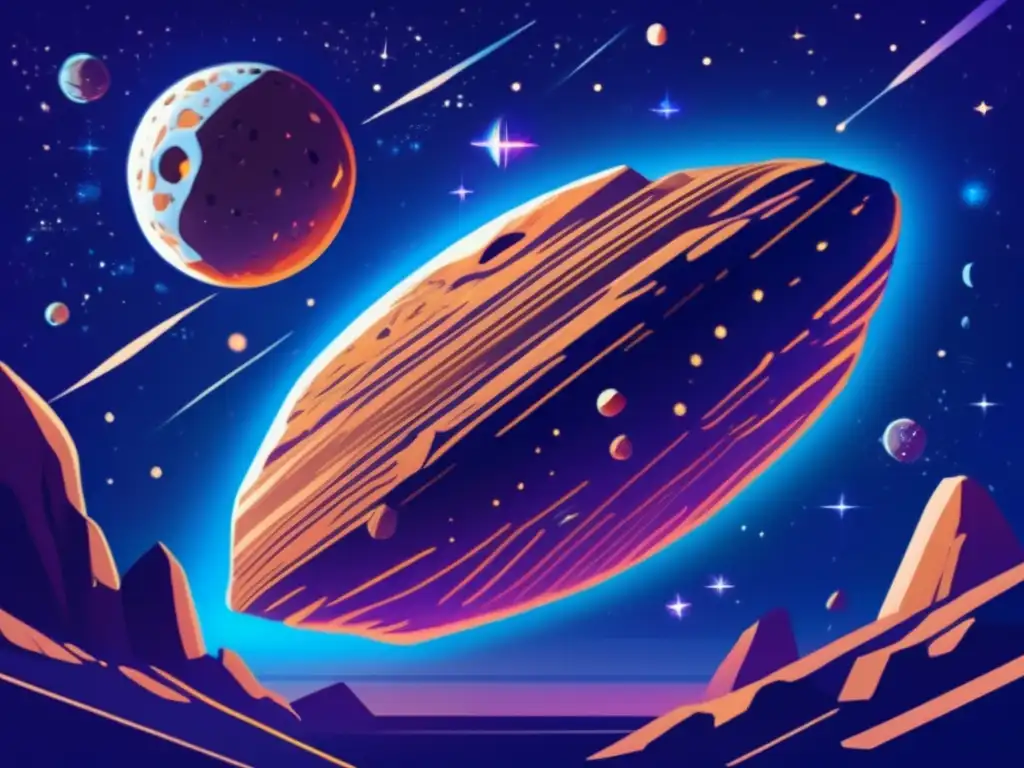
Introduction
Asteroids, those enigmatic celestial objects that roam our solar system, have captured the curiosity and awe of scientists and space enthusiasts for centuries. In this article, we delve into the fascinating world of asteroid Rhesus, exploring its unique characteristics and shedding light on its significance in the realm of asteroids.
The Discovery of Asteroid Rhesus
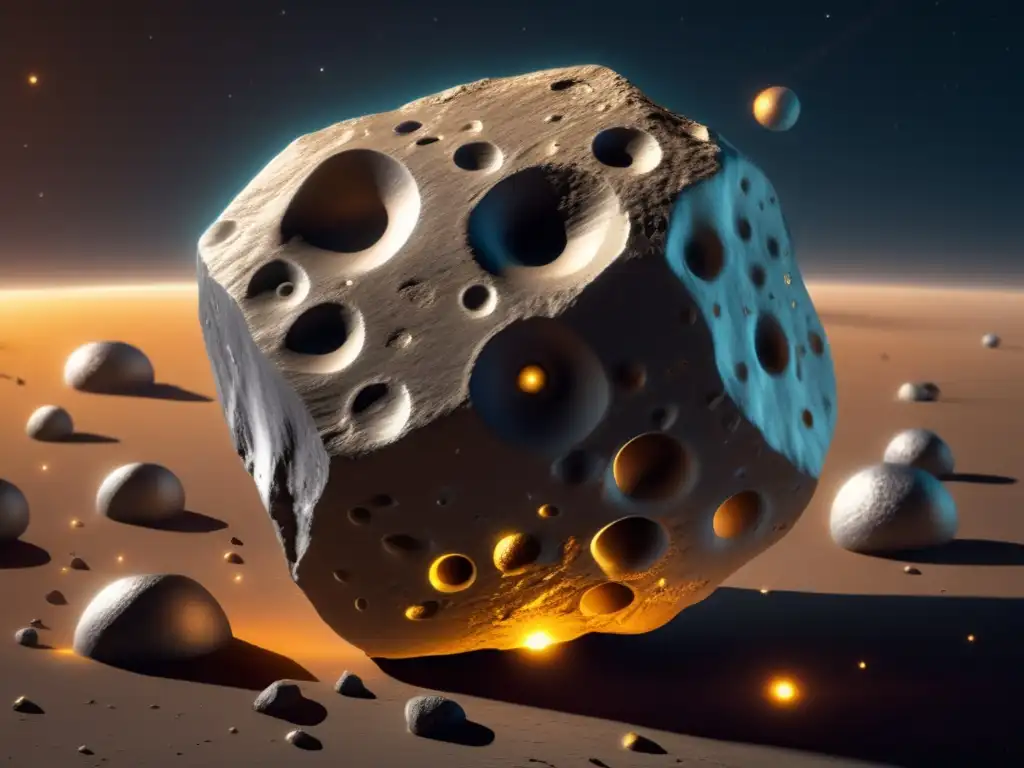
Early Observations
Rhesus, officially known as (166) Rhesus, was discovered on September 1, 1876, by French astronomer Henri Perrotin at the Nice Observatory in France. Perrotin's meticulous observations allowed him to identify this asteroid among the countless objects that populate our cosmic neighborhood.
Asteroid Classification
Rhesus belongs to the main asteroid belt, a region between the orbits of Mars and Jupiter where thousands of asteroids reside. It falls under the S-type classification, indicating a stony composition with a relatively high reflectance spectrum.
Rhesus' Size and Orbital Characteristics
With a diameter estimated to be around 140 kilometers, Rhesus is considered a mid-sized asteroid. Its orbit is moderately elliptical, taking approximately 4.5 years to complete a full revolution around the Sun.
Rhesus' Composition and Surface Features
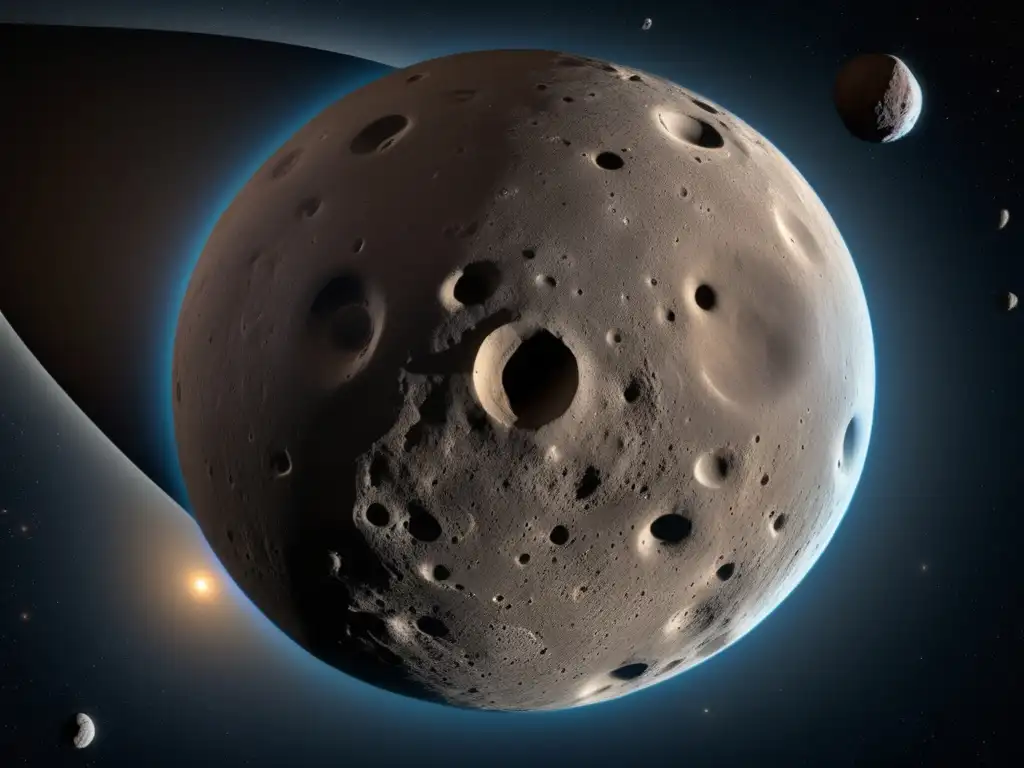
Composition Revealed through Spectroscopy
Spectroscopic analysis of Rhesus has provided valuable insights into its composition. The presence of olivine and pyroxene minerals suggests that Rhesus may have originated from the crust or mantle of a larger parent body that suffered a catastrophic collision in the ancient past.
Surface Texture and Cratering
Rhesus' surface is pockmarked with craters, which provide clues about its history and interactions with other celestial bodies. Some craters exhibit signs of erosion, indicating the possibility of ongoing geological processes on the asteroid's surface.
Meteorite Discoveries
Several meteorite fragments found on Earth have been linked to Rhesus through their chemical composition and isotopic ratios. These meteorites provide tangible evidence of Rhesus' existence and offer researchers opportunities to study its properties more closely.
Rhesus' Role in Understanding Asteroid Evolution

Insights into Solar System Formation
Studying asteroids like Rhesus provides scientists with valuable information about the early stages of our solar system's formation. As remnants of the protoplanetary disk, asteroids can shed light on the conditions and processes that led to the birth of our planetary system.
Potential Impact Hazards
Asteroids like Rhesus serve as a reminder of the potential impact hazards that can pose a threat to Earth. Understanding their orbit, composition, and behavior allows us to develop strategies to mitigate the risk associated with near-Earth objects.
Resource Mining Possibilities
The mineral resources present within asteroids, including Rhesus, have sparked interest in potential future mining missions. These missions could provide a sustainable source of valuable materials for space exploration and terrestrial industries.
Frequently Asked Questions
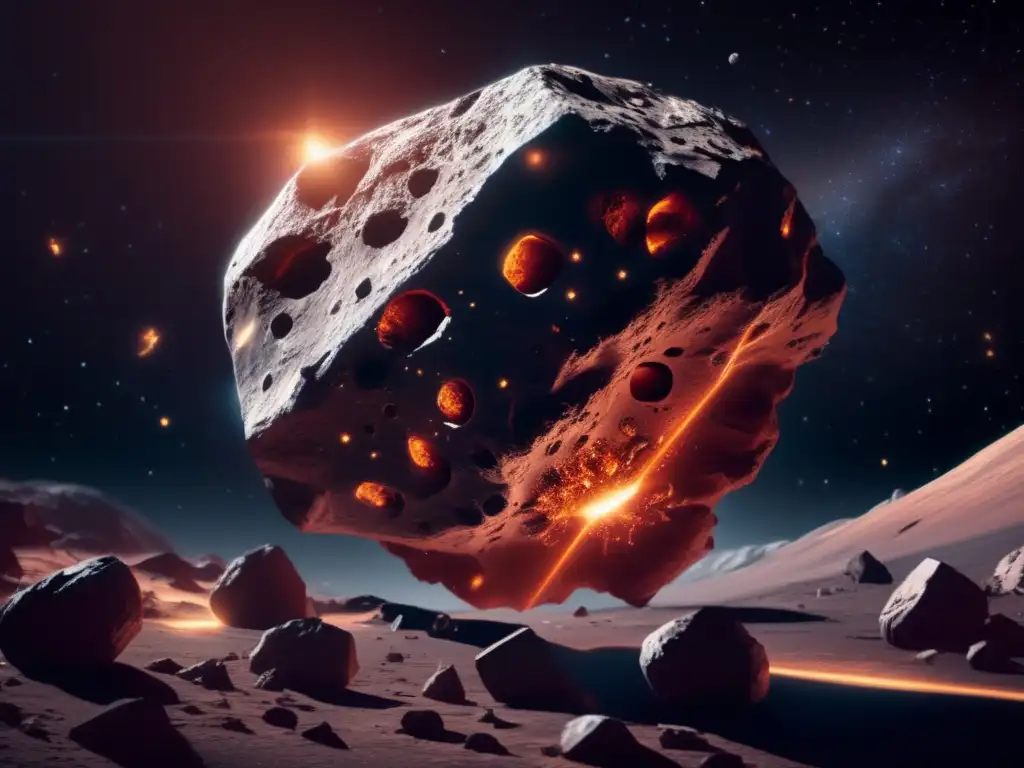
-
What is the origin of the name "Rhesus"?
Rhesus is named after a character from Greek mythology who was a king and warrior during the Trojan War.
-
How far is Rhesus from Earth?
Rhesus' distance from Earth varies due to its elliptical orbit. At its closest, it can be around 190 million kilometers away, while at its farthest, it can be over 360 million kilometers distant.
-
Are there any spacecraft missions planned for Rhesus?
As of now, there are no specific missions planned for Rhesus. However, future exploration of asteroids similar to Rhesus is being considered by space agencies worldwide.
-
Is Rhesus visible from Earth with a telescope?
Given its size and orbital characteristics, Rhesus can be observed with powerful telescopes during certain times when it is relatively close to Earth.
-
What can we learn from studying Rhesus' composition?
By analyzing Rhesus' composition, scientists can gain insights into the building blocks of our solar system and how it evolved over billions of years.
Conclusion
Rhesus, like many other asteroids, holds immense scientific value in unraveling the mysteries of our cosmos. Its composition, surface features, and orbital characteristics contribute to our understanding of the solar system's formation and potential impact hazards. Furthermore, asteroids like Rhesus offer tantalizing prospects for resource mining and future space exploration. As we continue to explore the nature of celestial objects like Rhesus, we gain a deeper appreciation for the vastness and complexity of our universe.
We encourage you to share your thoughts in the comments section and actively engage with Asteroid Realm by subscribing, sharing this article on social networks, or exploring other content on our website. Thank you for joining us on this journey of discovery.
Additional Resources
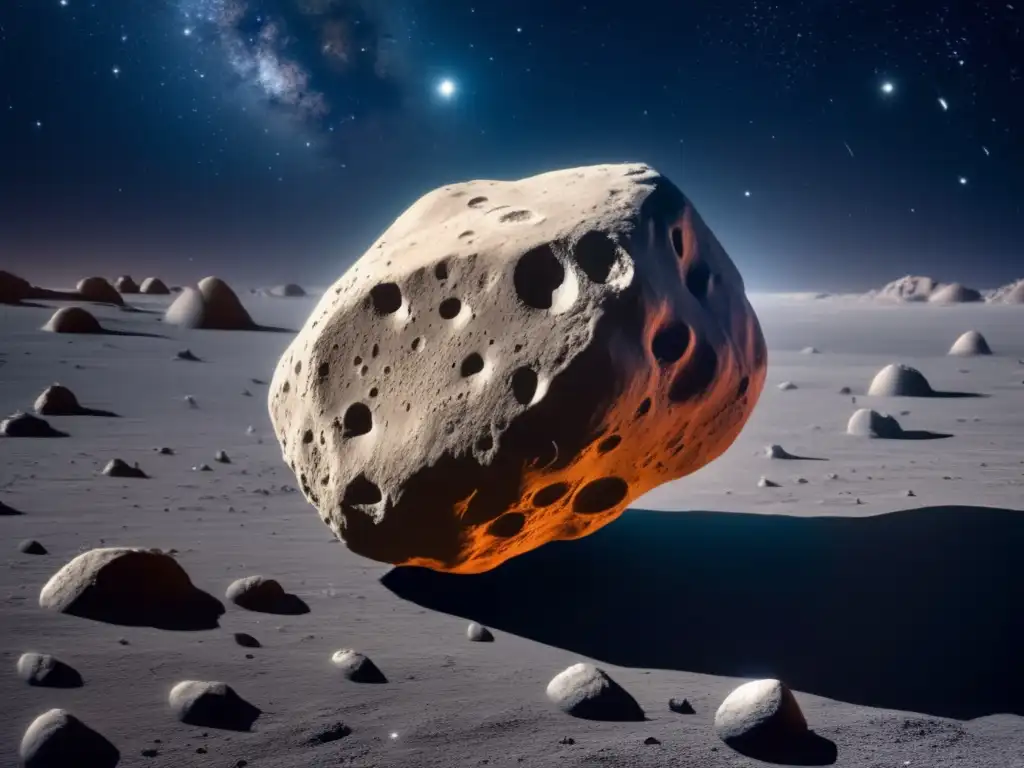
For further exploration on the topic of asteroids and their significance, please refer to the following resources:
- NASA - Asteroids
- International Astronomical Union - Asteroids
- Jet Propulsion Laboratory - Asteroid Education
- Space.com - Asteroids
 The Scientific Relevance Of Asteroid Pylaemenes
The Scientific Relevance Of Asteroid Pylaemenes Unravelling The Mysteries Of Asteroid Hecuba
Unravelling The Mysteries Of Asteroid Hecuba The Unique Qualities Of Asteroid Hector
The Unique Qualities Of Asteroid HectorIf you want to discover more articles similar to Exploring The Nature Of Asteroid Rhesus, you can visit the Asteroid Profiles category.
Leave a Reply

Articulos relacionados: